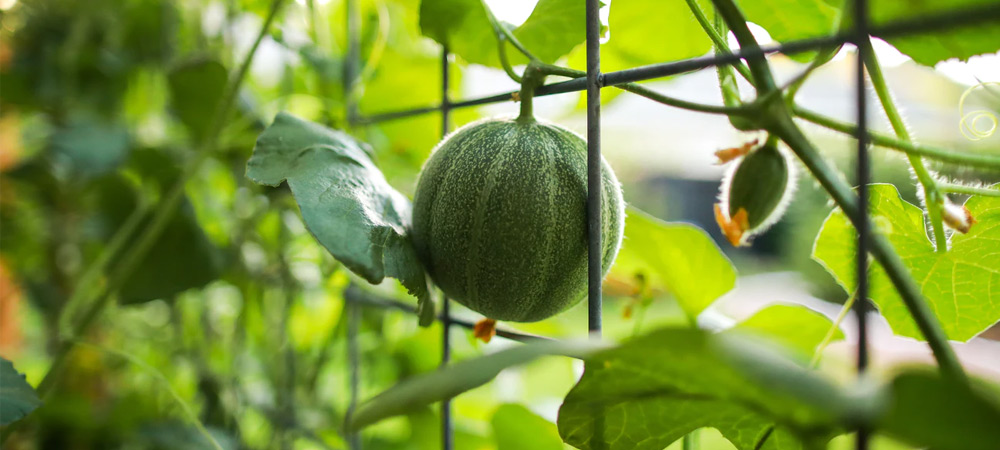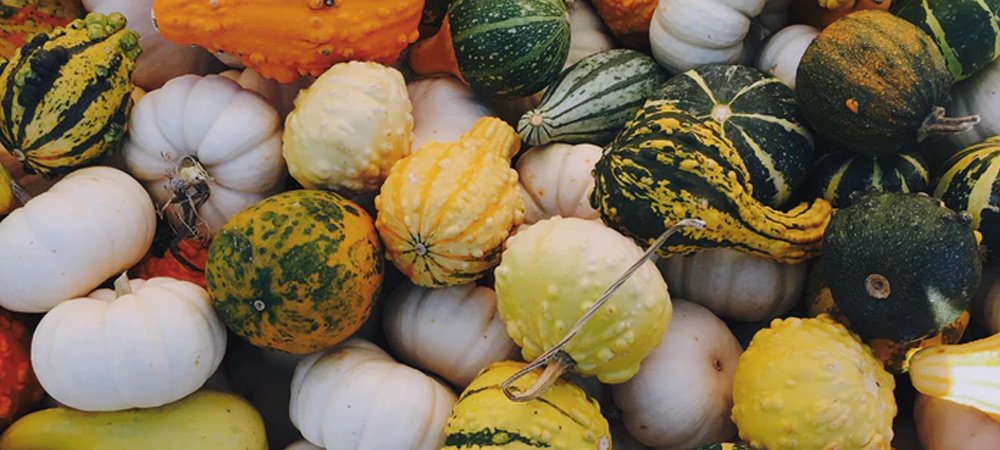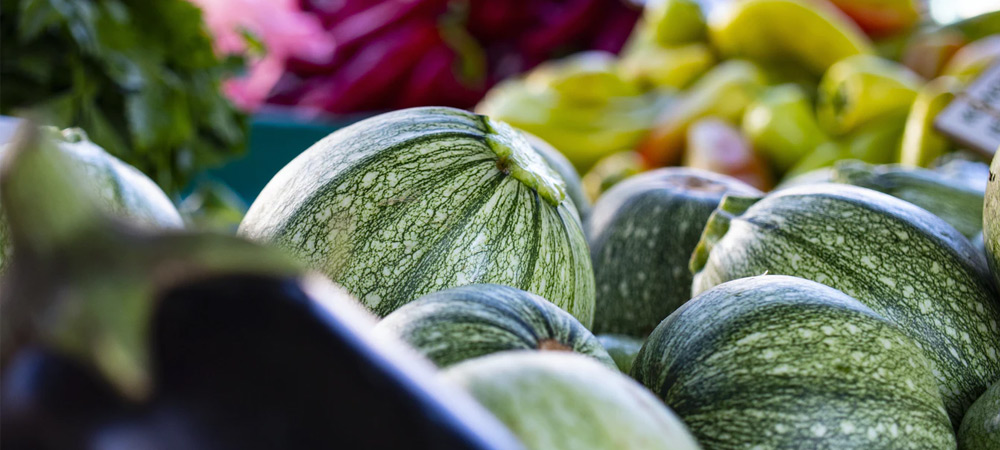How to Grow Melons in Your Greenhouse

If you’ve seen success with your tomatoes, herbs, peppers and other greenhouse favourites, why not try a little greenhouse ‘big game hunting’? Why not try growing some melons?
Melons can be the star of your greenhouse. They’re not the usual fare, and the rush of pleasure you’ll feel when stepping into your greenhouse and seeing them there will be worth it every time. They’re great on the table too, allowing your home-grown food products to expand to fruit salads and fruity garnishes to those late-summer cool drinks in the shade.
Have we piqued your interest? Let’s take a look at what’s involved.
Sowing Melon Seeds
Frost is an ever-present danger to produce, especially at either extreme of the growing season. Melons outdoors are a high-risk proposition, but they are ideal for greenhouse conditions. Sowing takes place from mid-April through May.
Begin by soaking the seeds for 24 hours in lukewarm water. Sow the seeds about an inch deep, one per small pot (3-4 inches in diameter). Keep the soil looking moist, but take care not to over water.
Think you don't have enough space for a greenhouse? Check out our small greenhouse range and you might be surprised!
Growing and Caring for Melon Seeds
When your new seedlings have true leaves, it’s time to move them from the little pots into grow bags. Ideal greenhouse temperatures are between 18°C (59°F) and 23°C (73°F). They should be regularly ventilated to keep air fresh and disease free.
For the best yields, average soil temperatures for your melons should be kept around 21°C or higher, so it helps to put the grow bags into the greenhouse well ahead of planting time, so the soil can heat up prior to receiving the seedlings. The pH of the soil should be from 6.0 to 6.5 and contain rich organic matter. Compost or manure is best for this. Finally, the soil must have good drainage.

The melon vines will need some support once they get a bit bigger. Prepare for this early by providing a string for them to climb and cling to, or a wooden support stuck into the ground a few inches from the root ball. Tie the strongest shoot to the support once it is long enough. Pinch the side shoots to remove them and the plant will grow upwards – this is what you want. Once the main stem reaches the full height you want it to grow, pinch off the end of it to trigger melon production. Limit the number of melons per vine to two or three. This will result in bigger melons, rather than a larger number of stunted, small ones.
Want to grow more fruit? Learn how to grow strawberries in your greenhouse here.
How you water your melon plants is also a big factor. Water should penetrate into the deep roots, but without saturating or swamping them. Too much water and the melons will split open. Aim for soil that is moist, but not wet. An Access drip or similar watering system is ideal. You might also sink a pot or pipe into the ground beside a melon plant to allow watering to go more directly to the root level.
Liquid tomato fertiliser, applied once per week once fruit has started to appear, will keep your melon plant fed and happy.
In order to get those fruits in the first place, the flowers MUST be pollenated. Open doors will allow bees to enter and do this job for you, or you can do so yourself. With a small, soft brush, go from flower to flower, brushing the delicate internal structures of the flowers, one after the other, until you have made the rounds to each of them at least once. A few days later, the female flowers will have tiny fruits beginning to form on them. The ones that don’t, are likely male flowers, and these should be removed. The growing melons will soon need some more support to grow against. String nets, tied to larger stakes, work well.

Removing any leaves that block the light from the fruit is important too. Light on the fruit will result in a sweeter melon that ripens sooner. Elevating the melons from the ground will help them to grow into a clean, round shape. Placing them on a plank is an effective way to do this.
During the melon growing stages, overly high temperatures can be an issue. To prevent damage on very hot days, place a bucket of water in the greenhouse to increase humidity and lower temperature. A mist watering system also works well.
Harvesting Melon Plants
Each melon will ripen in its own time. This is great for you, as you won’t have a sudden rush of melon to deal with; instead, you can spread out your eating of this delicious fruit over a longer time period – they usually ripen over a period of about three weeks.
To tell when a melon is ready for harvesting, watch for the time when a melon stops getting bigger. If you tap it, it should sound a dull thud. Beginners might want to open one to test its progress and then compare it to the state of others around it. If you wait too long, and the vine separates from the melon, this is a sign that it is too late – the melon will be rotten inside.
Growing peppers in a greenhouse - click here for the full guide
If you're running out of space growing all of these plants, consider upgrading to a large greenhouse here.
 Author:
Author: